Why do Bicycle Tires lose air?
You’re getting ready for your next ride and you realize that your bike tire needs pumping again. You’re left wondering why do bicycle tires lose air? And is the amount of air that my bicycle tire losing normal?
There are some times when you should be concerned. Let’s say if you are getting ready for your next ride and your bike tire has lost a third of it’s air in after the last ride.
This is too much air lost for a road bike or a mountain bike. (Although higher pressure road bikes tend to lose air a touch faster than most other bicycle tubes.)
If you feel like you are pumping up your bicycle too often, then read on to learn why your bicycle tires are losing air, and if the amount that your bicycle tires are losing is normal.
In this post, you will learn about the upkeep of your bicycle tire and how it can keep rolling over time with the optimal amount of air.
You will also learn about the times when you should know to put more air in the tire, and times when you should take your bike to a shop because it is losing more air than normal.
There is a small chance that your bicycle has a slow leak. So we will also include in this post how to find a slow leak, and how to decide if you should patch the slow leak or if you should just replace the tube. (Most of the time you can patch a slow leak).
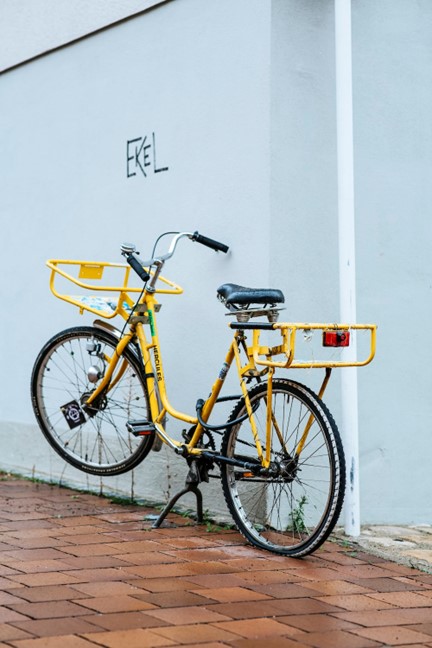

Why do Bicycle Tires Lose Air?
Bicycle Tires lose air because the rubber that is used in tubes are not air tight. It may sound strange that the item that is supposed to hold air is not air tight but there is method to the madness.
Inner tubes are elastic, and as they stretch out, they will create space between each of the small pieces of mass that make them up. The SAT word for this is “Porosity.”
This is similar to a balloon loosing air over a couple of days. The difference is that a party balloon when full is typically sitting at 2 psi, where a bicycle tire will be at 60 psi, or around 100 psi for a standard road bicycle.
Do bike tires need air every ride?
Yes, bike tires need air every ride. They will typically lose about 5% of their volume in air during each ride. I just moved to a new set of tires that asks for 120 psi in the inner tubes. After each ride with this (and a tired arm from pumping) there will be about 12-15 psi lost during the ride.
When I had tires that called for 100, I would usually lose somewhere between 5-10 psi per ride.
If you are losing something like double this amount or more, then there is a good chance that you have a slow leak in your tires and tubes.
If you don’t like filling your tires up every single ride and are getting tired of a foot pump or hand pump, consider an electric pump.


How to check for a slow leak
Checking for a slow leak is a fun and simple process. It will also make you feel like you struck gold when you find what caused the slow leak. You will want to take off the tire, and feel the inside of the tire for what caused the slow leak. Do this with a pair of gloves, and usually your thumb will rub against something sharp along the inside of the tire.
Pull that out, and then find where the tube is losing air by filling up the tube with air outside of the rim and tire. Run your fingers along the tube and then you will feel the subtle stream of air run through your fingers.
Should you patch a slow leak or replace the entire tube?
Typically you can patch the slow leak. I tend to opt to replace the tube more often than patching, but for the majority of slow leaks you can always patch it and continue rolling.
The only time when you should not patch it is when the hole is so large that you can see the inside of the tube when you are looking from the outside.
Conclusion: Why do bicycle tires lose air?
Bicycle tires lose air because they are not completely porous. This means that as they expand due to air being inside them, the matter that makes up the tires move apart which allows air to slowly escape.
When the tires are at a higher PSI, they will lose more air faster than when they are at a lower psi. Losing 5-10% of air per ride is normal and you should not feel there is anything wrong with your bicycle. If you are losing air at a higher rate than 5-10% per ride, you should consider checking for a slow leak.

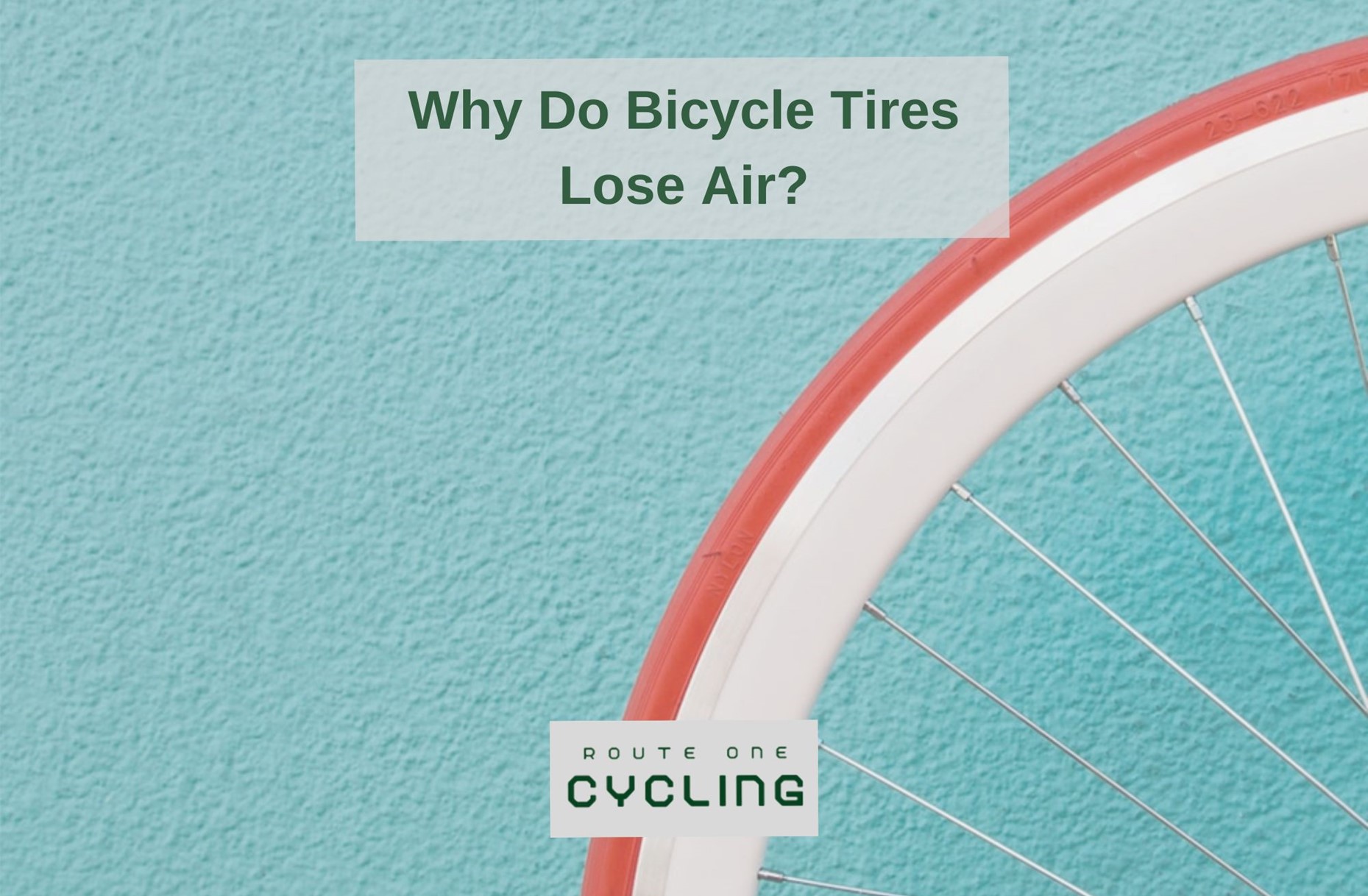
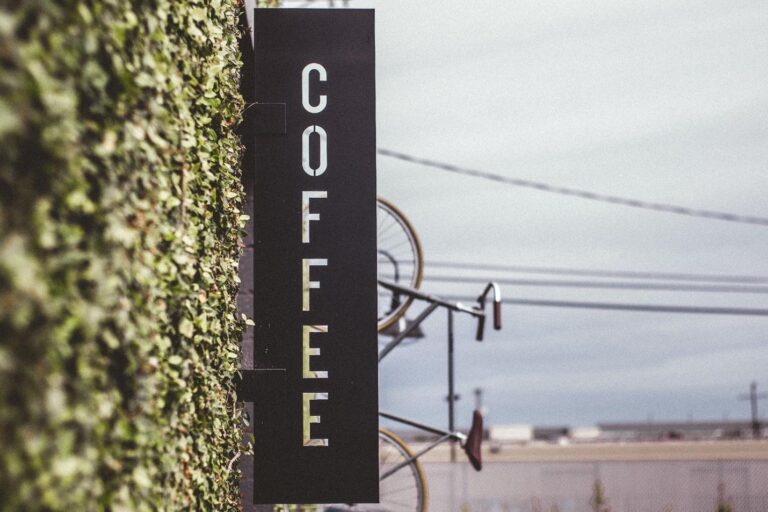
![Gear Resistance Guide: Low and High Energy Gears [Easy]](https://routeonecycling.com/wp-content/uploads/2023/09/low-gears-for-less-resistance-768x505.jpg)
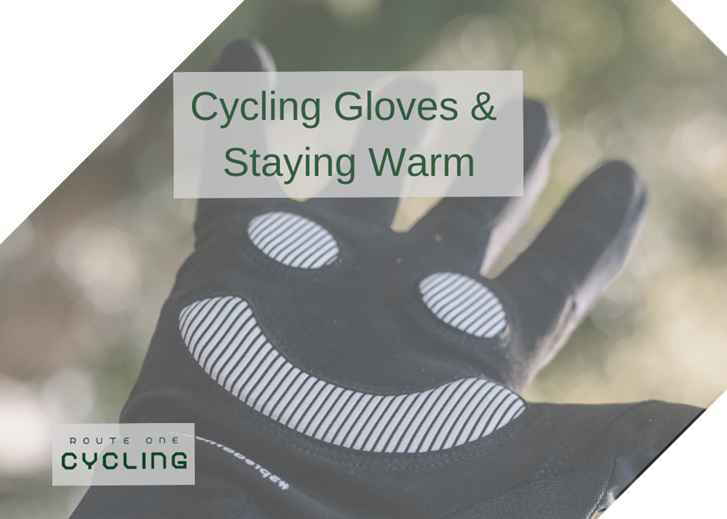
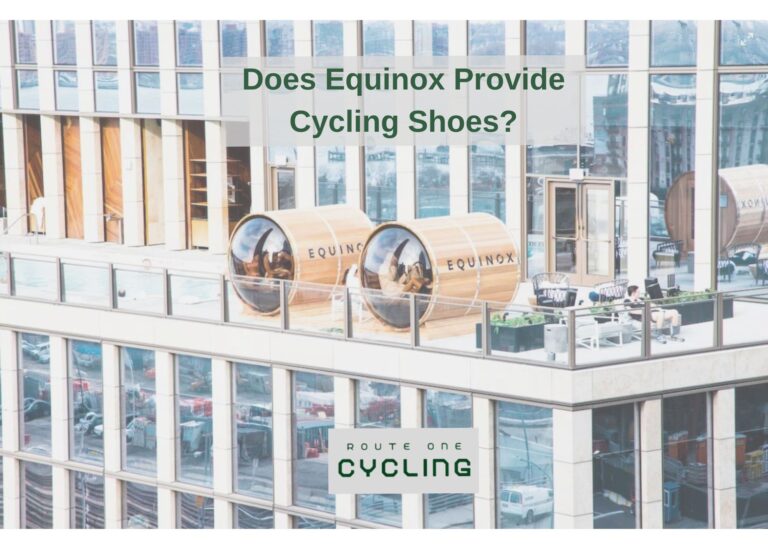
![Are Cycling Jerseys Supposed to Be Tight? [Fit Guide for Jerseys]](https://routeonecycling.com/wp-content/uploads/2023/03/arecyclingjerseyssupposedtobetight2.jpg)
